
Inhaltsverzeichnis
The Plate Method - your plate shows you how balanced your (vegan) nutrition is
If When you delve a little deeper into healthy eating, it can be quite confusing. So it's no wonder that nutritional science is a multi-year degree program... But a healthy, balanced diet doesn't have to be exhausting. Fortunately, there are tools available to make everyday life easier. One of them is the "Plate Method," which I'd like to introduce to you in more detail today.
Where do I start?!
You probably know the “5 a day” recommendation the German Nutrition Society, right? What is meant is that 5 portions of vegetables and fruit a day (3 vegetables, 2 fruit) should be consumed to maintain good health. In other words: 400g of vegetables and 250g fruit a day should help us reduce the risk of cancer and cardiovascular disease. There are of course further recommendations regarding other food subgroups such as grains, milk and meat. You have probably come across the food pyramid before. And as important as this type of information may be, it is not really practical or descriptive. Who weighs their food every day or measures portion sizes with their hands? Especially when cooking for several people?
A visual and much simpler method is the "plate method." So, take advantage of the plate on which your meal will ultimately end up: It can give you a lot of information about how balanced your food is.
The Plate Method
The Teller Method is not a super innovative, groundbreaking new "invention." Many counseling centers and nutrition experts have been using it for a long time to clearly explain to people what exactly the individual components of a balanced diet should look likePortion sizes are also visualized. There are different versions of the Plate Method: specialized for children, diabetics (both male and female), allergy sufferers, vegetarians, etc. In this post, I'm introducing the Plate Method for a plant-based diet, as I personally felt it was lacking a specific approach to this type of diet for a long time.
So, now let's finally get to the point! :)

How the Plate Method works
1. Fruits and vegetables: ½ of the plate
The benefits of fruits and vegetables are (virtually) endless: Vitamins, minerals, antioxidants, fiber… Whether raw, boiled, steamed, or fried: vegetables can be served in many different ways. You can fill this half of your plate with all local, seasonal vegetables and fruits Fill it with whatever you can find. Most importantly, of course, choose foods you enjoy!
You can also use the colors of fruits and vegetables as a guide: Green vegetables like broccoli, leafy greens and cabbage varieties are always recommended! orange vegetables and fruits (which is often forgotten) can end up on your plate in abundance. These include oranges, carrots, orange peppers, and pumpkin. Don't forget that you can also use frozen fruits and vegetables! This can sometimes be a quick and easy addition or alternative to fresh produce.
2. Grains: ¼ of the plate
Grains are a great source of complex Carbohydrates and fiber. Particularly Whole grain ensures increased fiber intake.Sources for example: Oat flakes, rice, whole-grain bread, pasta, bulgur, quinoa, millet, barley, amaranth and buckwheat.
Foods like potatoes, lentils, beans, and other legumes are often included in this category. However, in this variation of the plate method, legumes, in particular, belong in the next category, as they are primarily an important source of protein for vegans. Ultimately, you should simply be aware that some of these foods are also high in carbohydrates.
3. Plant proteins: ¼ of the plate
The last quarter of the plate should be filled with proteins. Proteins help us, among other things, to stay full for a long time and ensure that our blood sugar level does not rise too quickly. At this point, Soy products such as tofu, tempeh and edamame, but also seitan, peas, lentils, beans, chickpeas, and most meat substitutes.
But that’s not all: A great way to include more healthy fats and proteins in your diet is Seeds and nutsSunflower seeds, hemp seeds, pumpkin seeds, almonds, walnuts, peanuts, and various nut butters are just a few examples. These are especially suitable as toppings for your meal. They not only provide an even more balanced diet but also add that extra crunch!
The plate is full: Is that it?
Not quite. Three other categories are important for a truly balanced diet: Fats, calcium and, if necessary, food supplementsYou can incorporate these food categories directly into your meal, but you don't have to. Calcium, for example, can also be consumed as a beverage, and fats can often be incorporated into snacks. I'd like to go into these three groups in a little more detail:
Calcium
Calcium is important for the Maintenance and growth of our bones, not just in children, but throughout our entire lives. Natural sources of calcium are always preferable to supplements. Soy milk Contains a similar amount of calcium as cow's milk and can be easily incorporated into smoothies, porridge or chai lattes. Almond, cashew or coconut milk and yogurts are excellent sources of calcium. Calcium is also found in leafy vegetables, beans, and tahini, but in smaller amounts.
Fats
Fats are also essential in a balanced diet. They are very complex and important for many body functionsMany of us still believe that fats are bad and make us fat. This is not true, because especially essential omega-3 fatty acids are important for a healthy diet. Therefore, we want to make sure we get enough of them, in particular. We should generally ensure that we get our fats from rich foods that contain not only fat but also fiber, vitamins, and minerals. We can also use oils, but we should be careful about the dosage.
Vegan sources of (healthy) fats include Avocados, walnuts, almonds and cashews, seeds & seeds such as sunflower seeds, pumpkin seeds, flax seeds, hemp seeds and chia seeds. Also Nut butter, olives, and coconut (z.B. Coconut milk) can be incorporated into our meals as a source of fat.
Dietary supplements
I don't want to go too far in discussing this topic, as it's also a very complex matter and difficult to understand at first. For vegans, dietary supplements may be more important than for people with an omnivorous diet. Especially Vitamin B12 is often found in animal products, which is why vegans often supplement it. It may also be necessary (depending on where you live, among other things) to Vitamin D to supplement. A detailed blood test can provide information about whether and which vitamins and nutrients we are lacking. I can also recommend Nico Rittenau's book "Goodbye Vegan Clichés!" It covers topics such as dietary supplements, but also addresses all the other important nutrients of a vegan diet.
The Teller Method: A Conclusion
The Plate Method is designed to help you gain an overview of your diet and the portion sizes of each component. However, it's not about meticulously shifting your meals around your plate until you reach the recommended amounts. Nor do I intend to use this method to prevent you from ever being able to look at your plate with ease again. The method is intended to give us a orientation offer and our conscious food consumption support. Sometimes the plate method isn't even that precise. A prime example: Porridge can be a very healthy and balanced breakfast, but it usually contains more grains than fruit and vegetables ;).
Once you've spent a bit of time exploring the topic, you'll notice that over time, you'll automatically develop a better sense of what's right for a balanced diet. Your diet doesn't always have to be "perfect" (whose diet is, anyway?); what's much more important is that you eat mindfully. :)
If you would like to learn more about healthy eating, mindfulness or sustainability, take a look here over.

Photo by Kevin McCutcheon on Unsplash

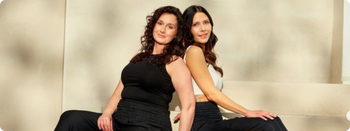

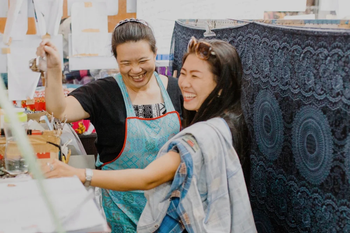


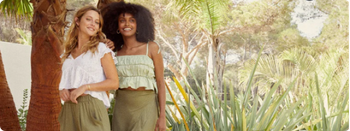
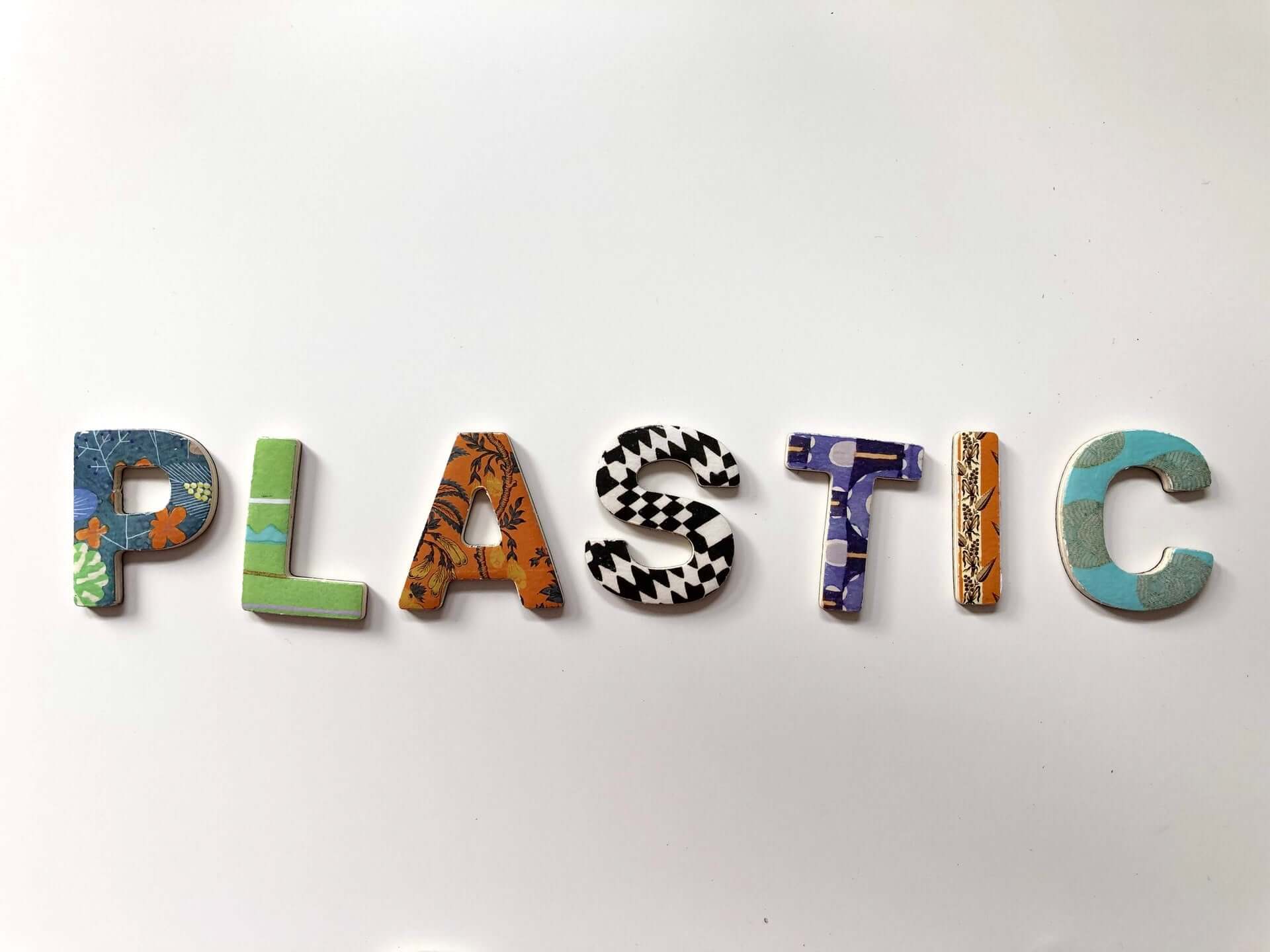

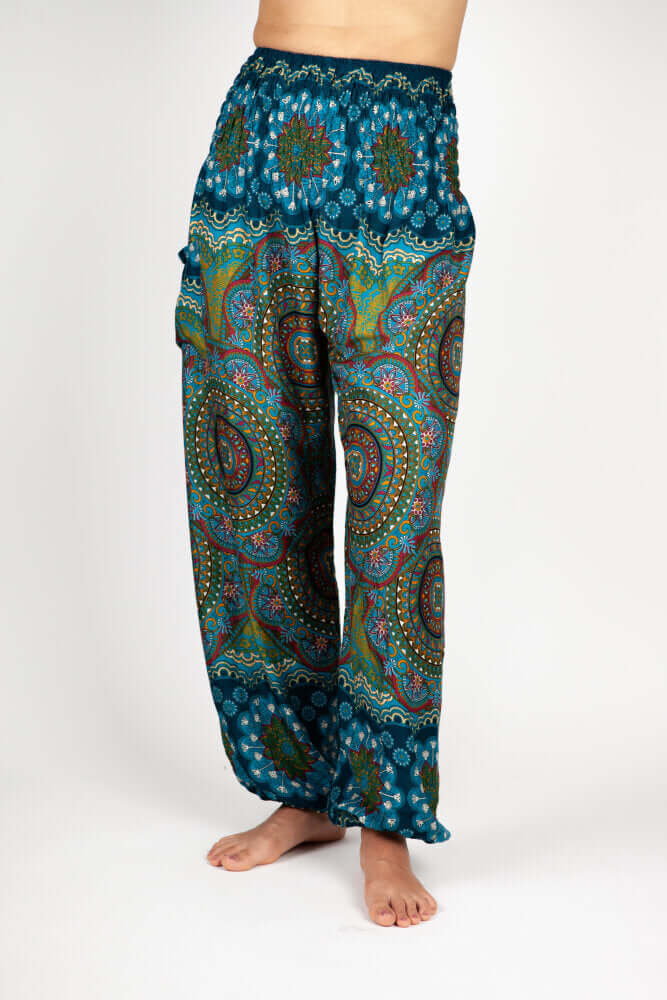
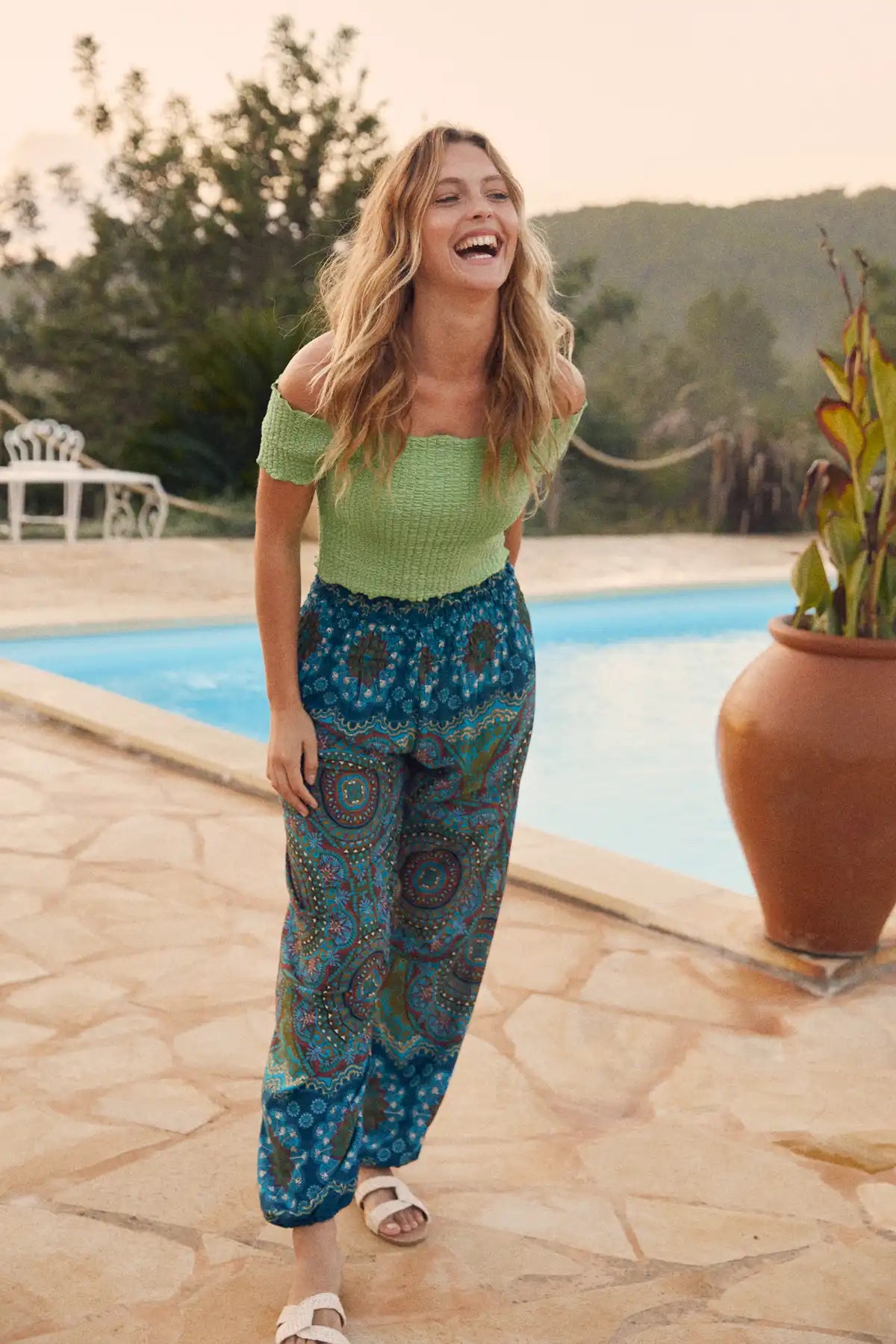
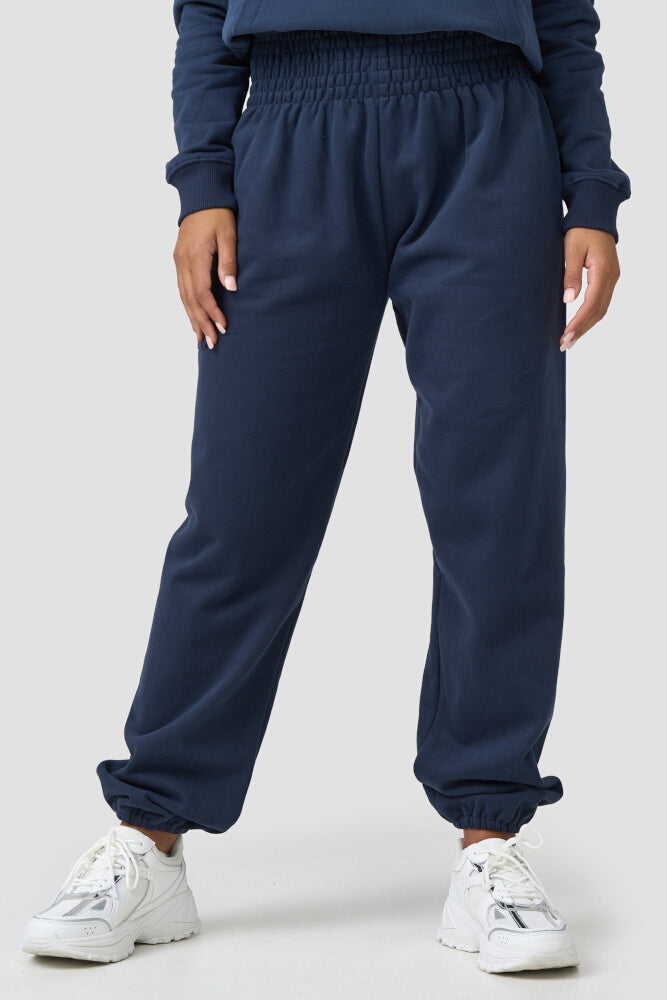

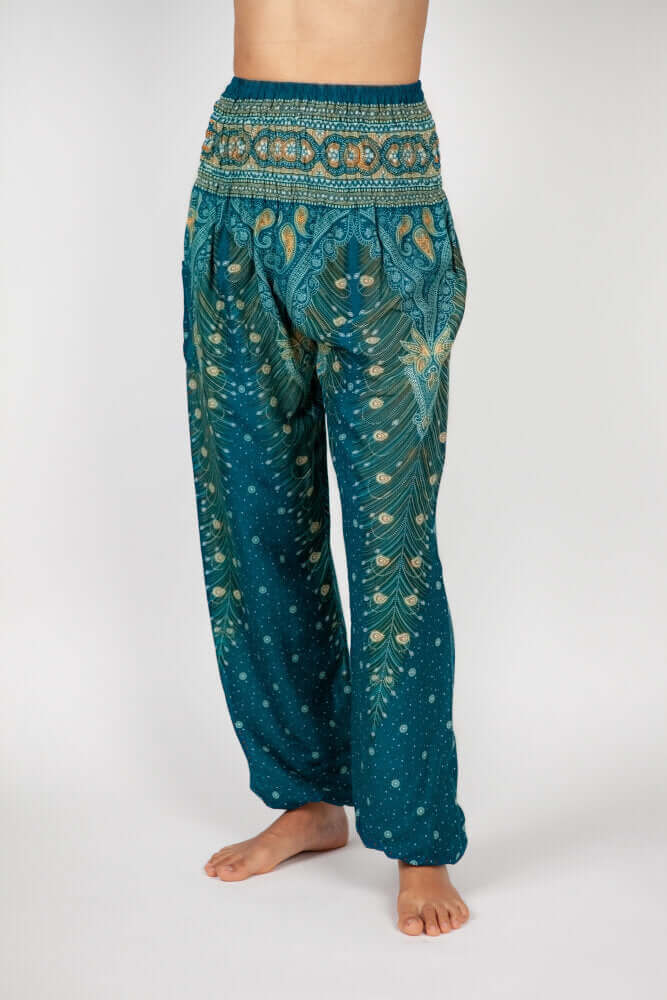

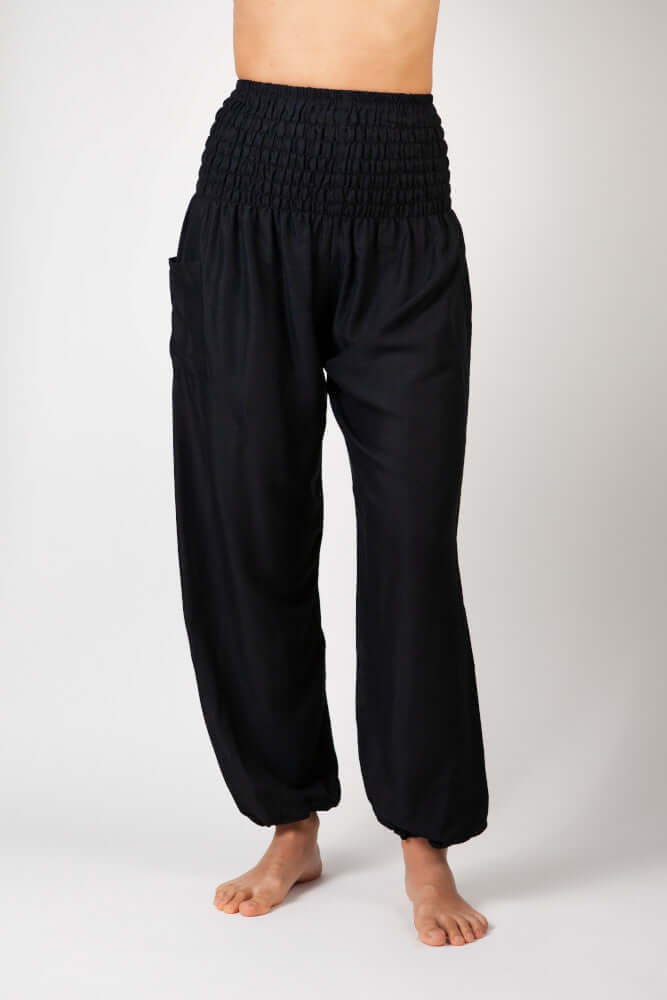
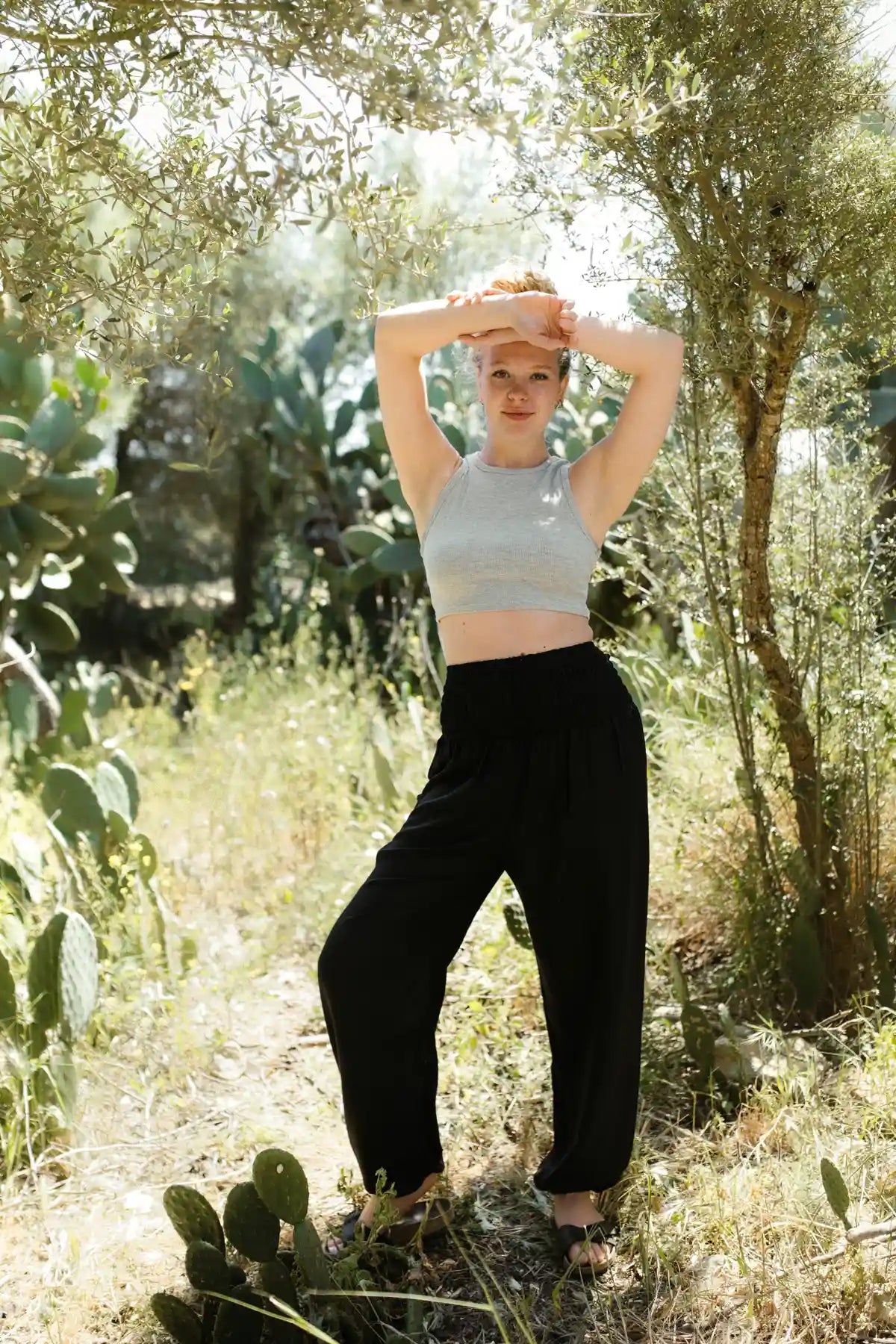
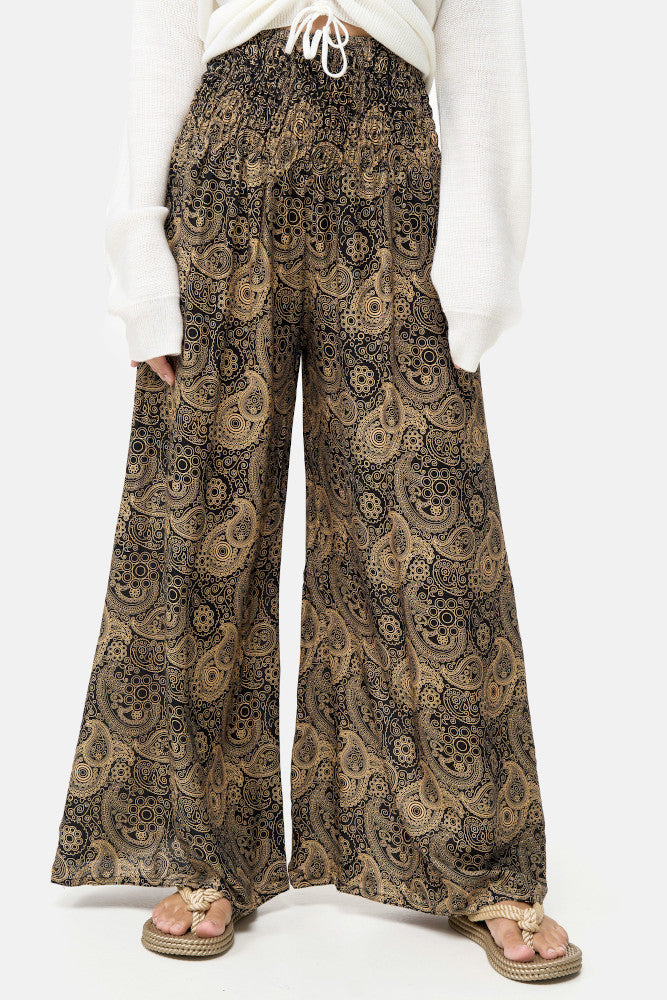
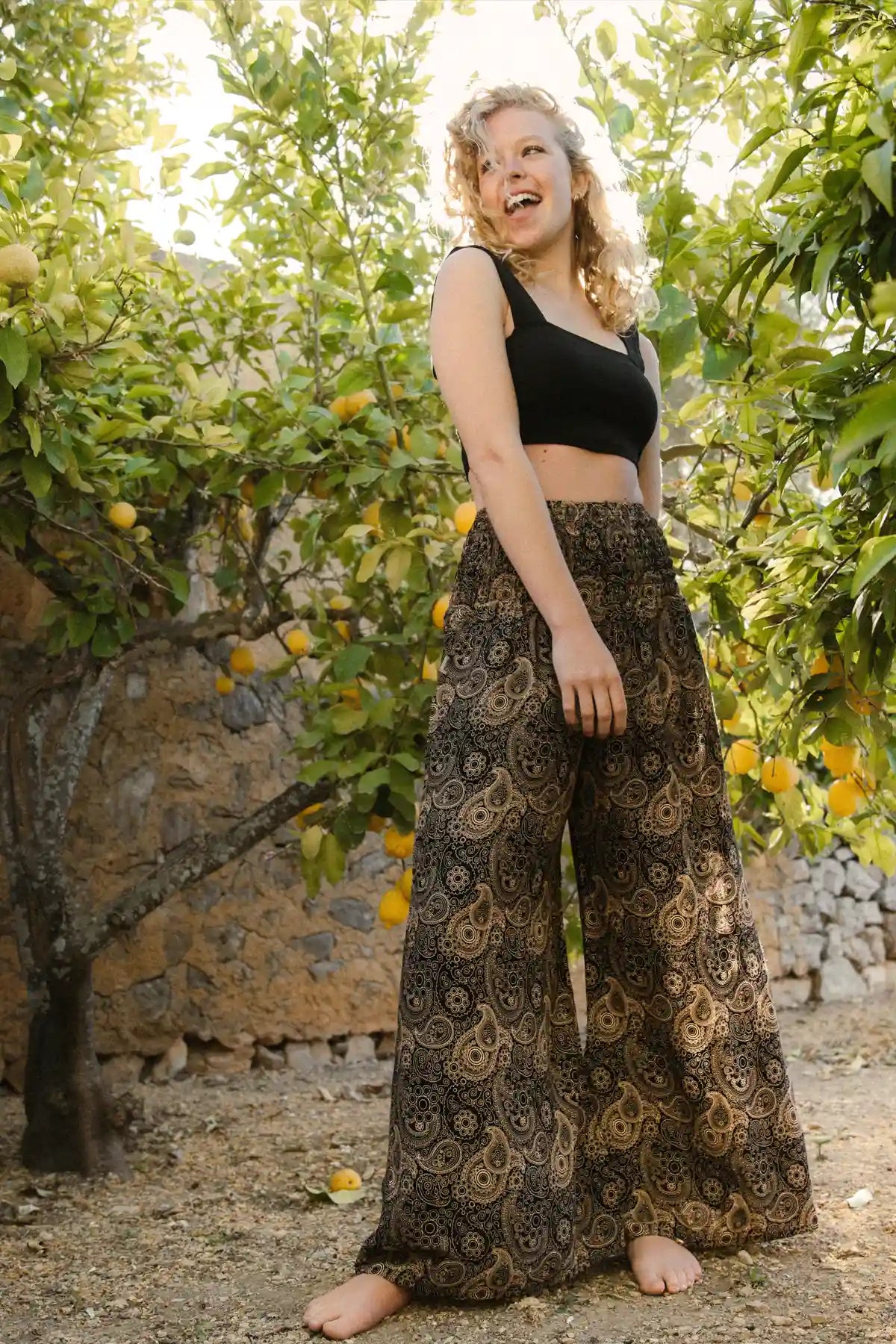
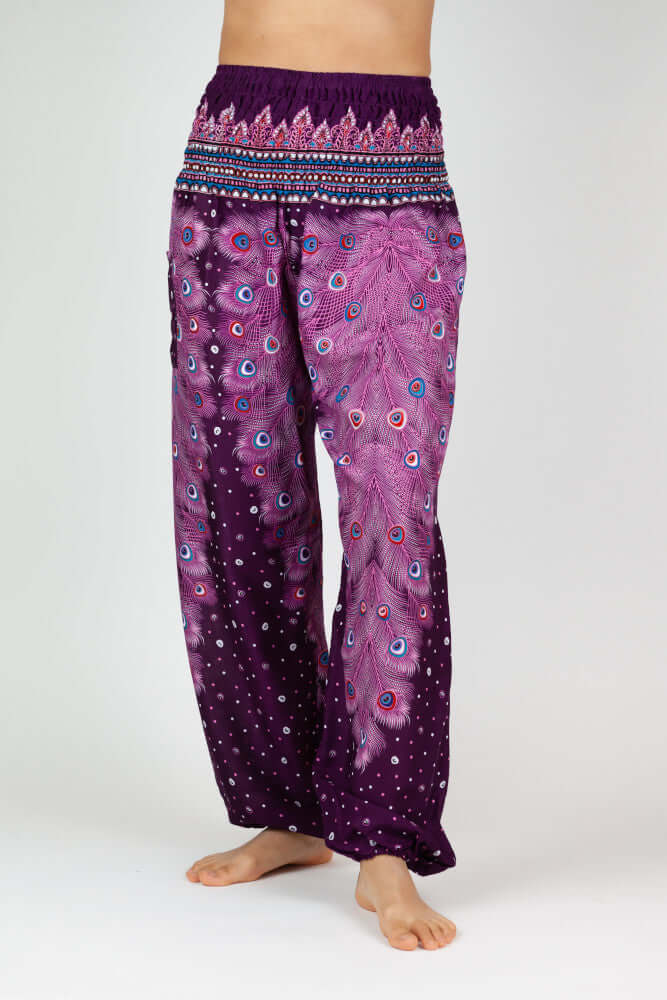

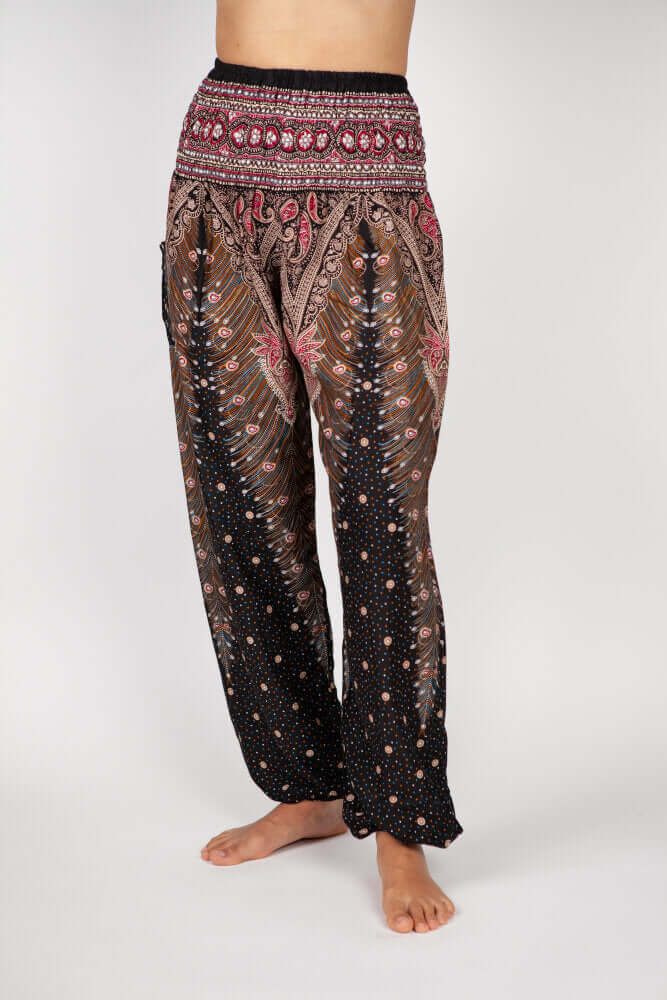
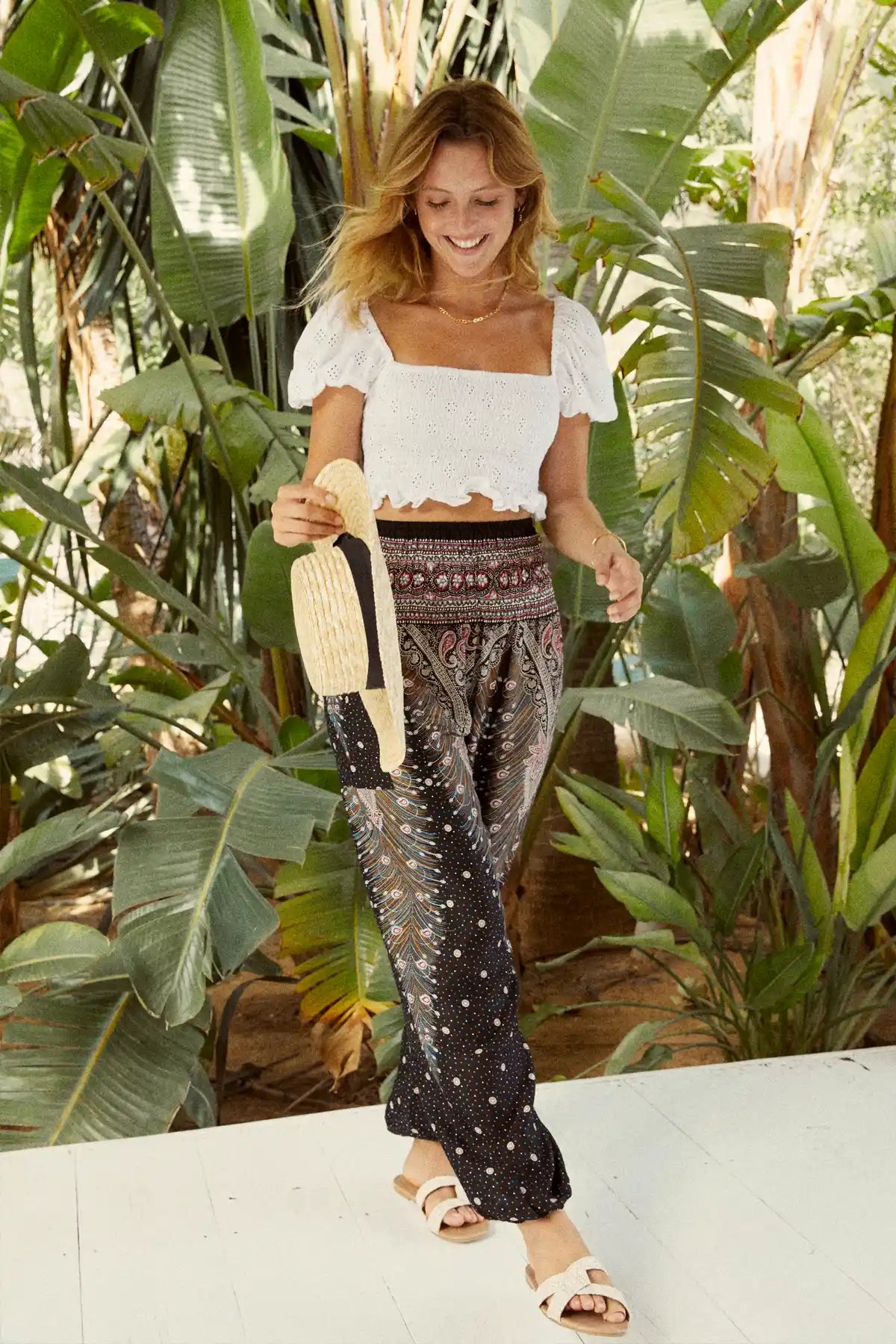
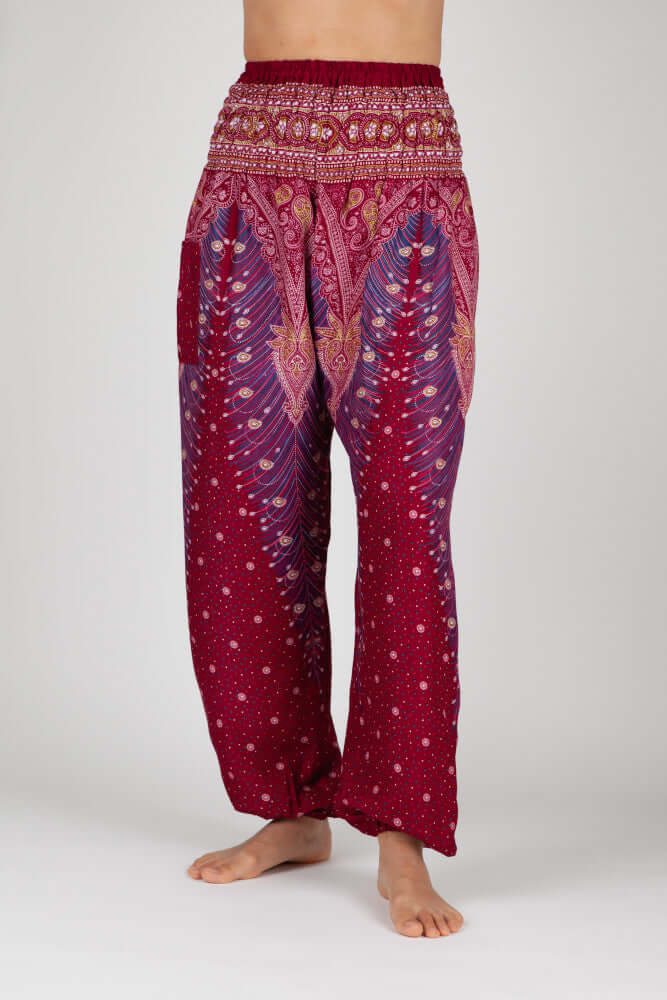

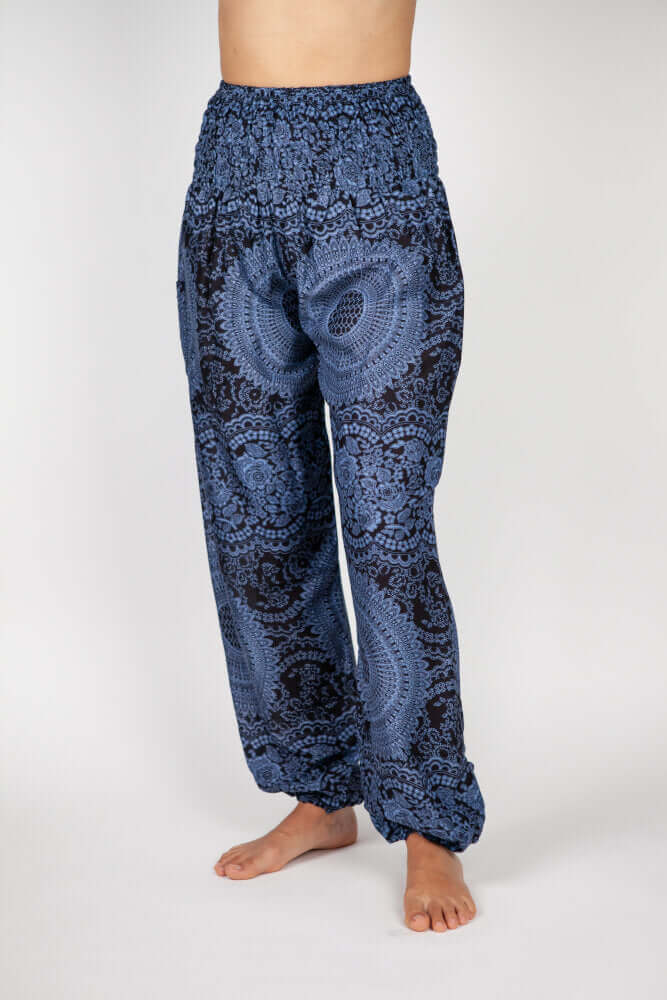

Leave a comment
This site is protected by hCaptcha and the hCaptcha Privacy Policy and Terms of Service apply.